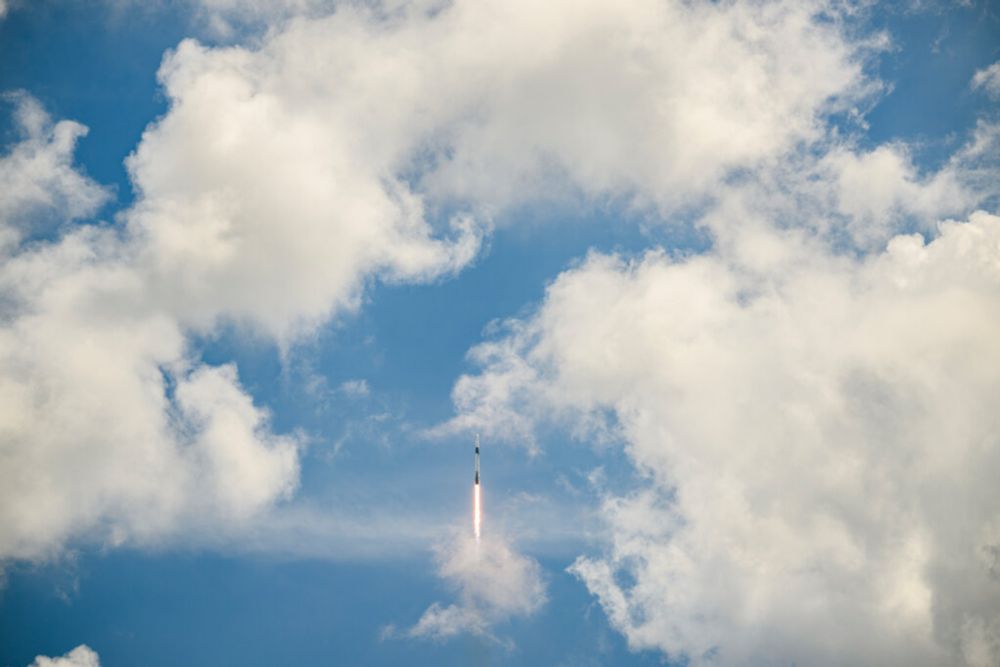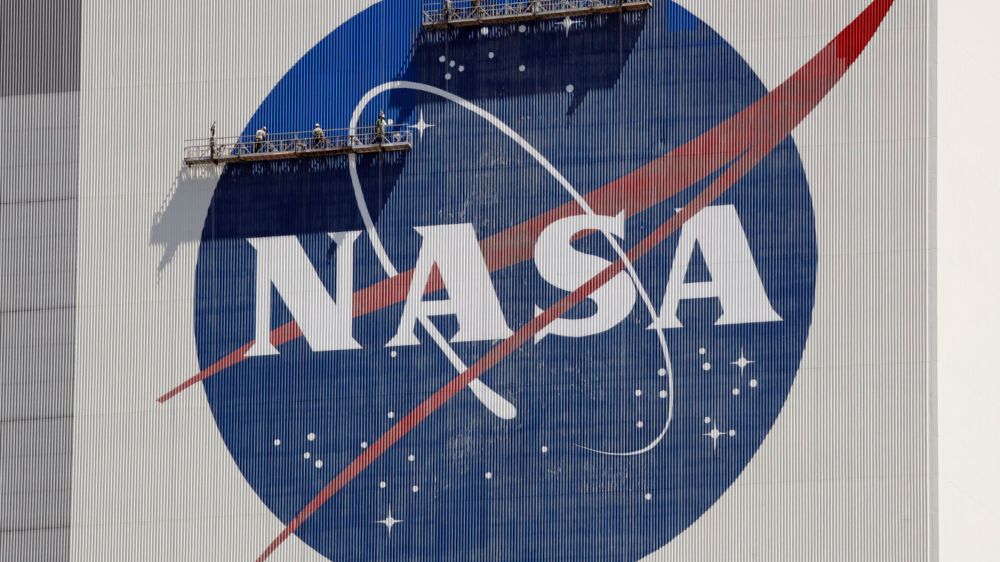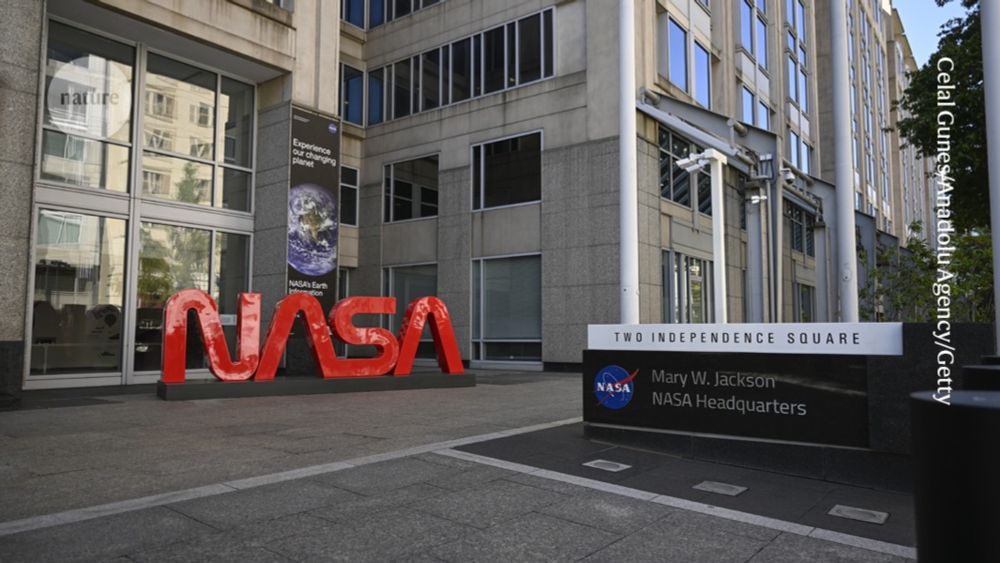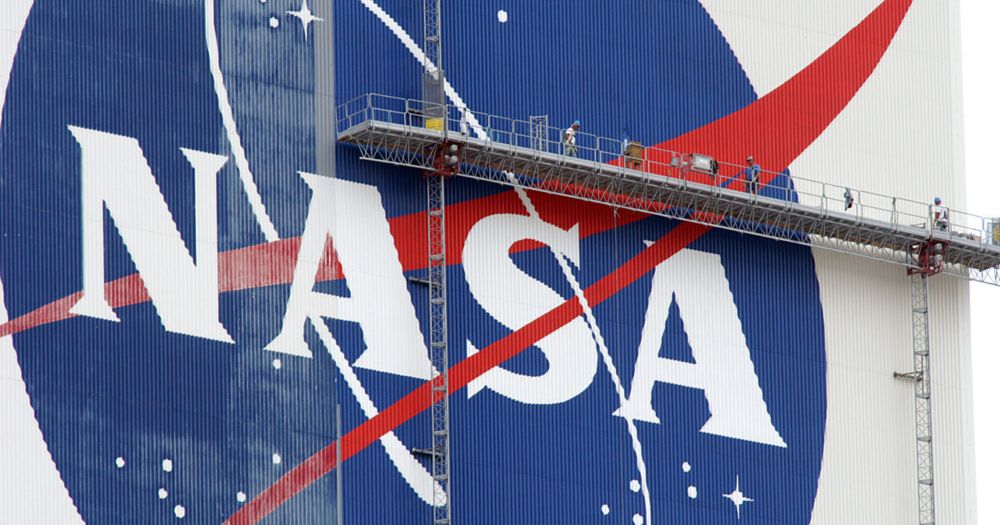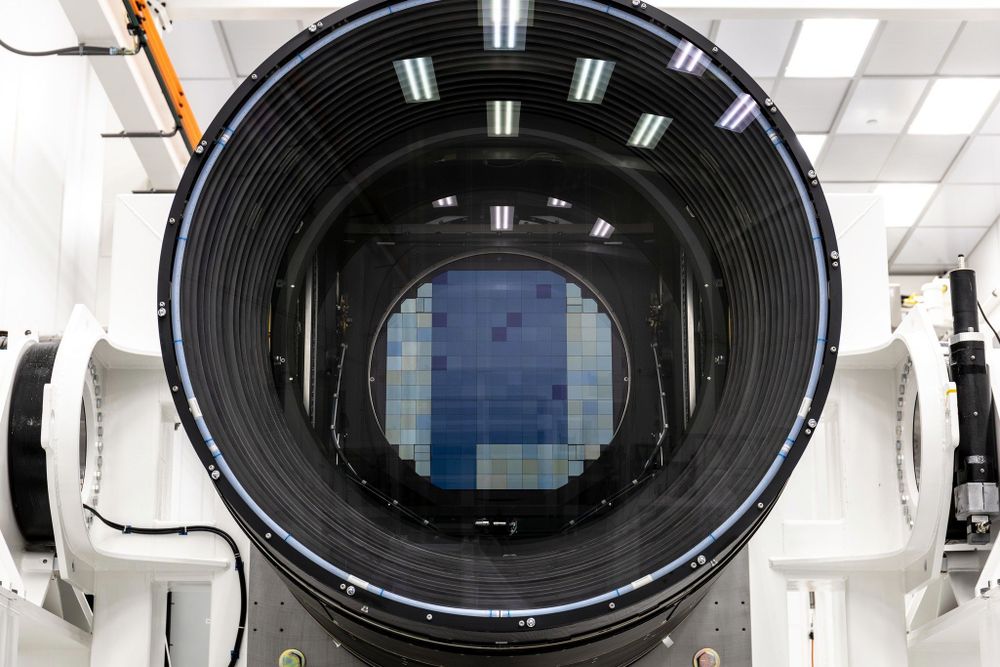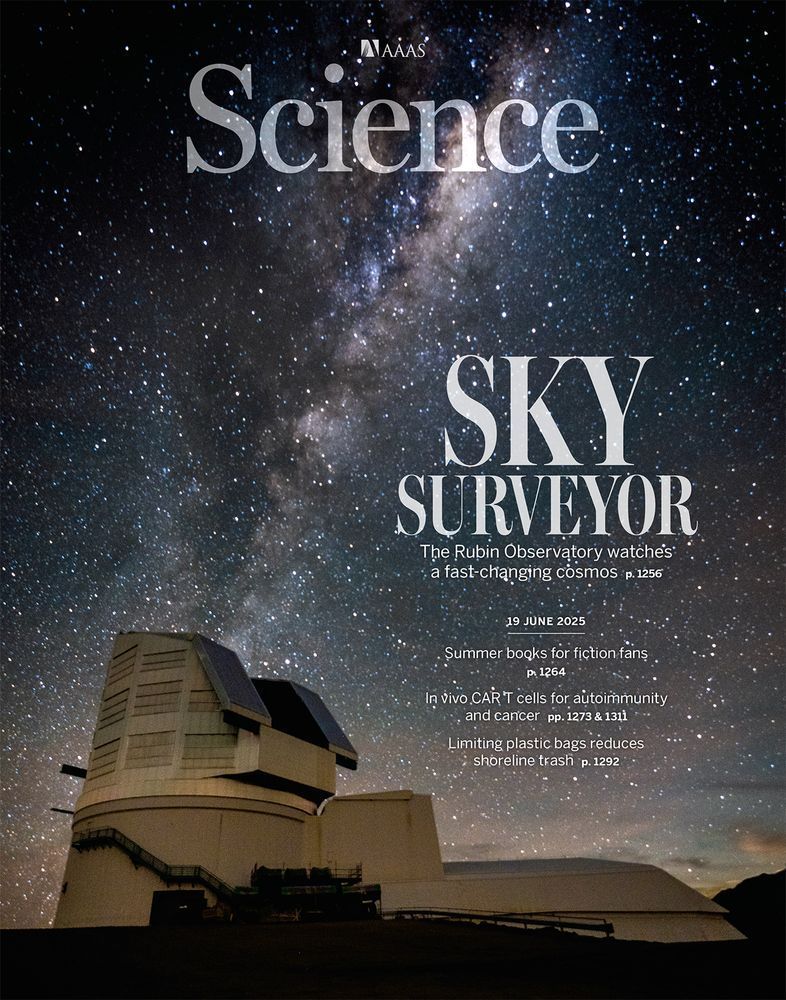Trisha Muro
@trishamuro.bsky.social
140 followers
230 following
42 posts
Space nerd, science writer, trusty stargazer, unrelenting optimist, lifelong learner.
Posts
Media
Videos
Starter Packs
Reposted by Trisha Muro
Reposted by Trisha Muro
Reposted by Trisha Muro
Reposted by Trisha Muro
Reposted by Trisha Muro
Reposted by Trisha Muro
Reposted by Trisha Muro
Reposted by Trisha Muro
Reposted by Trisha Muro
Yvette Cendes
@whereisyvette.bsky.social
· Jun 23
Chris Lintott
@chrislintott.bsky.social
· Jun 23
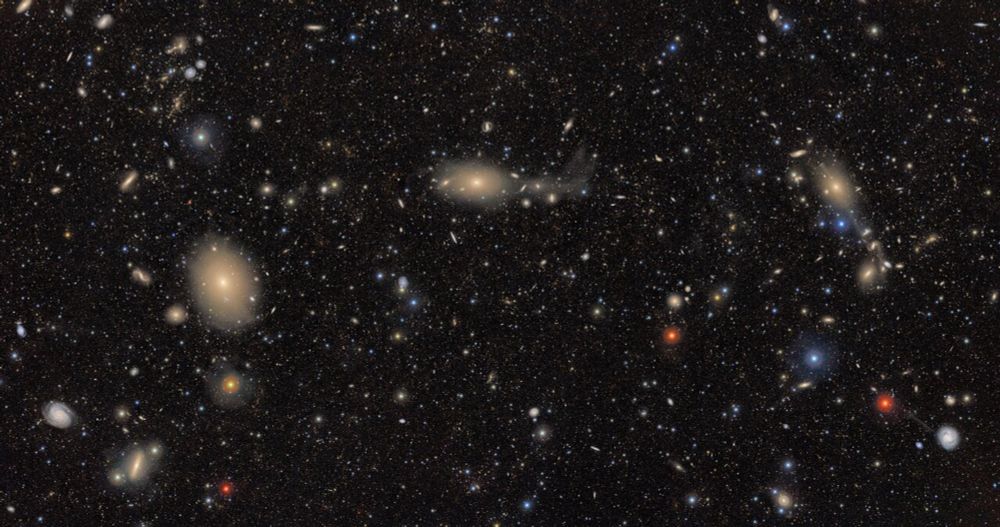
Ever-changing Universe Revealed in First Imagery From NSF–DOE Vera C. Rubin Observatory - From distant stars and galaxies to asteroids whizzing through the Solar System, this next-generation facility ...
Ever-changing Universe Revealed in First Imagery From NSF–DOE Vera C. Rubin Observatory
noirlab.edu
Reposted by Trisha Muro
Trisha Muro
@trishamuro.bsky.social
· Jun 23

NSF–DOE Vera C. Rubin Observatory Will Unlock New Understanding of Variable Stars | Rubin Observatory
NSF–DOE Vera C. Rubin Observatory, funded by the U.S. National Science Foundation and the U.S. Department of Energy’s Office of Science, will soon collect an unprecedented amount of data on the changi...
rubinobservatory.org
Trisha Muro
@trishamuro.bsky.social
· Jun 22
Reposted by Trisha Muro







